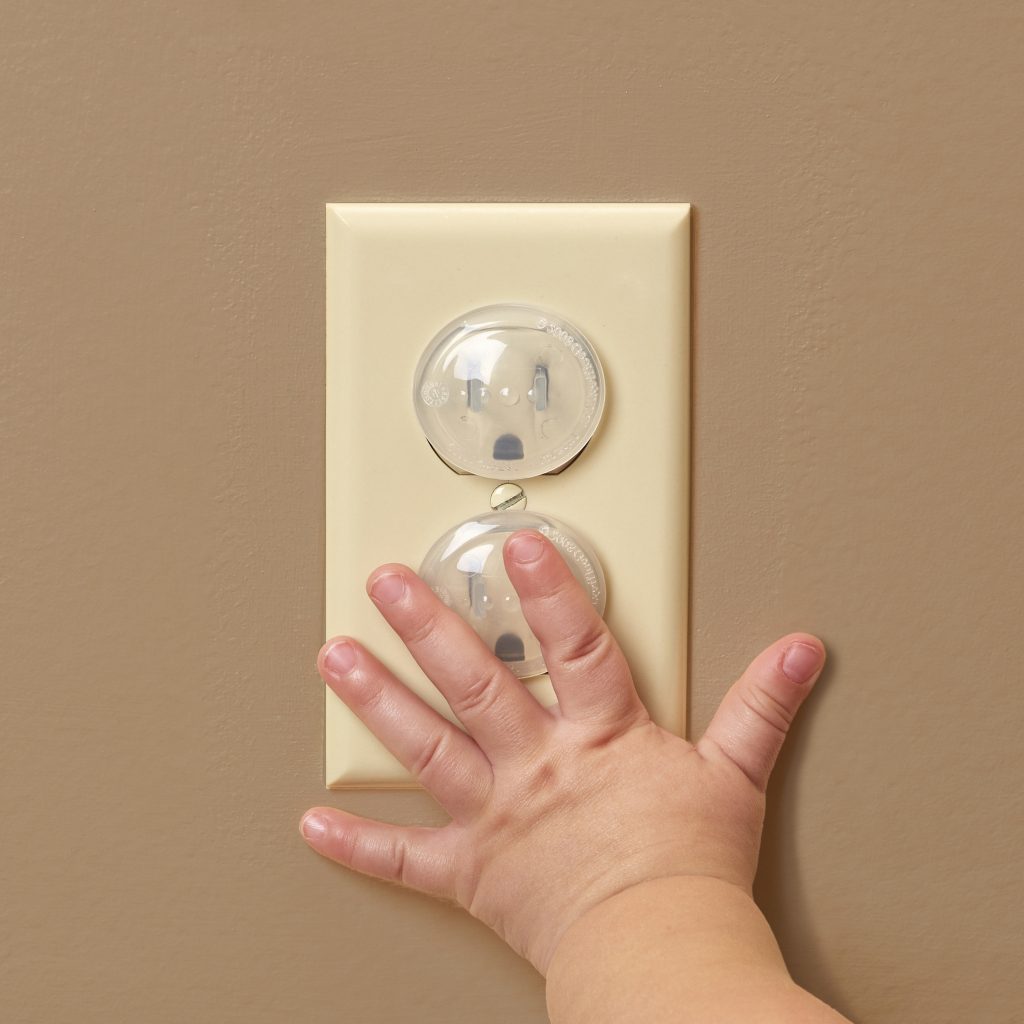I love every furniture in our humble abode. Some of them were gifts from our wedding over a decade ago, while I picked the others with my husband the moment our dream house came to reality. They have sentimental values, in other words, so we try to preserve them in their natural state for as long as possible.

But then came the children, who we adore more than any appliance. Thus, our home had sharp corners and entry and exit points covered. We had to temporarily store away the glasses and ceramics within their reach too – all in the name of our kids’ safety.
We spend so much time researching what car to get, where to buy a house, or where to vacation,” says Iris Chin Ponte, Ph.D. “But when it comes to looking for child care, many parents don’t know where to start.”
In case you want to refresh your house childproofing know-how, feel free to read the tips below.
Attach Protective Locks On Drawers
“You thought your house was “baby-proof” until you realize just how quickly a toddler can destroy things or make a mess,” says Amanda Bloom, LPC. Your checklist can start with safety latches. They come in diverse levels of complexity and sizes, yet they share a common goal of preventing your child from opening cabinets and drawers. If left unlocked, kids could climb on or into them, which may spell trouble for everyone at home.
Tidy Up Cords
When children see cables, they may want to pull or play with it. The device connected to the cord may then topple over their head, or they may accidentally strangle themselves with the wiring. It is an absolute must not to have any cable hanging from a certain height or lying on the floor.
Secure The Crib
Even without the government recommending it, I’ve always been a fan of fixed-sided cribs. The stable railings can prevent your baby from accidentally unlatching the side, hence causing it – and the child – to fall. You may lower it as well when he or she is older than a year and about to transition to a real bed.
Avoid Automatically Shutting Doors
In case you’re just thinking of installing a spring or something fancy to make your door close on automatic, forget it. If you already have it installed, get rid of it. Most kids are unaware of the fact that hinges won’t show mercy to their tiny fingers; that’s why you have to ensure it won’t shut mechanically.
Cover Electric Sockets

Power outlets are curious little things protruding on the walls. Children may touch them when you’re not looking and electrocute themselves. Thus, you need to get caps for each plug within reach or encase the entire socket.
Fix Bumpers On Furniture
Kids can be clumsy at times that they bonk their forehead on appliances. You can’t have them collide with a sharp-edged table or share; hence, it’s important to attach bumpers or foam on the furniture.
Choose Toys Wisely
A packaging indicates the minimum age of a child that can play with the toy it holds. The reason is that children below three years old tend to put anything they can get their hands on in their mouth. Some playthings have tiny pieces that they may choke on, so you truly should handpick every trinket they get.
Add Gates On All Other Areas
The kitchen, stairs, and garage are just some parts of the house where a kid can effortlessly barge in and hurt himself or herself. To avoid having to childproof anything in such areas, ascertain that there are safety gates in front of them that your smart child cannot possibly open. “For example, if you have pool, make sure the pool area is fenced and has a self-closing gate,” says Alice Boyes, Ph.D. “Sometimes anxious parents are so worried about EVERYTHING that they get overwhelmed and don’t prioritize taking care of the things that are the biggest risks.”
